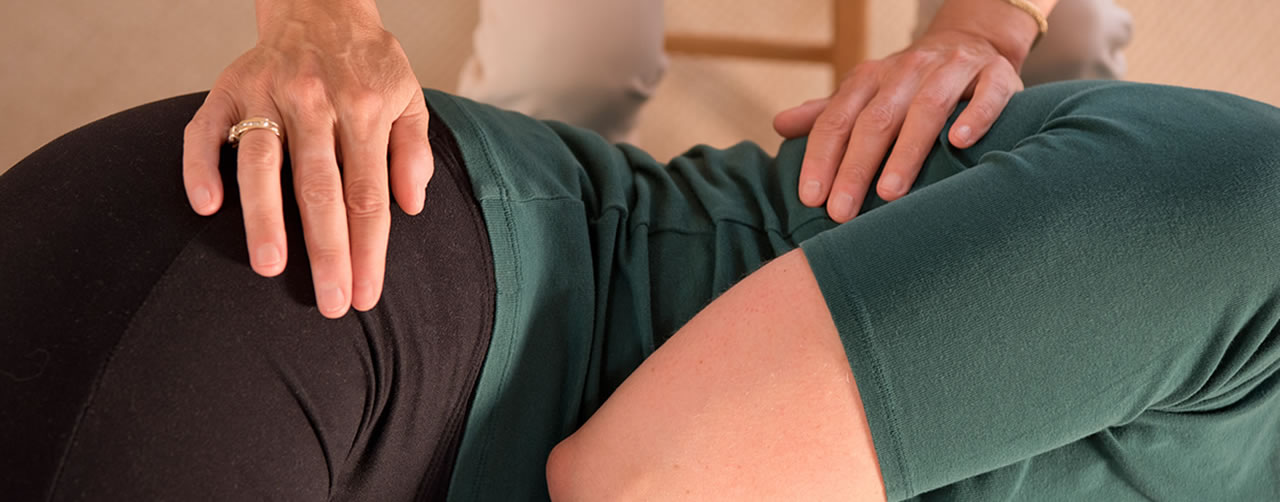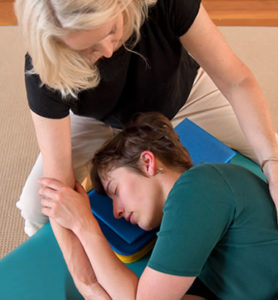 THE BASICS OF MOVEMENT
THE BASICS OF MOVEMENT
You first need to understand some basics of how your body moves and how pain and dysfunction develop.
Here is a simplification of the three major systems that move you:
1. skeletal, 2. muscular, and 3. nervous systems.
Most of your systems have multiple uses: I am only going to speak here to the way they effect movement and in very simple terms.
1.The job of your skeletal system is to give you support and shape. It is that shape that you move through space.
2.The job of your muscles is to move your skeleton. They do this by shortening and lengthening. That’s it, just contract and relax, that’s all they do.
3.The job of your nervous system is to tell your muscles: when to move; how much to move; what direction to move in and; how fast to move.
Pretty Important!!!
Muscle memory lives in your brain not your muscles!
PRINCIPLES OF MOVEMENT
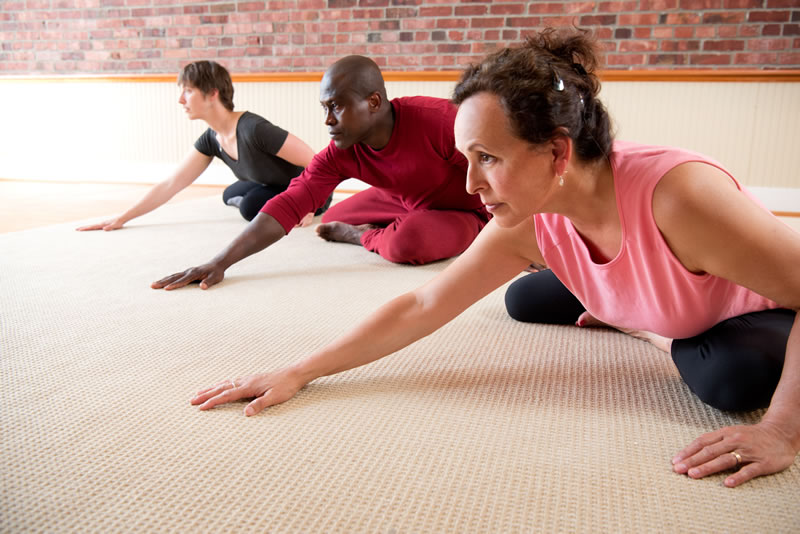 To have easy, smooth, effortless movement, everything has to move.
To have easy, smooth, effortless movement, everything has to move.
Even the tiniest movement of the eyes or head needs to involve the whole of you, everything making fine-tuned adjustments so you are always in balance.
Think of a small child at play. They seamlessly change levels, bend and twist as they explore their world.
Now think of an elderly person moving. They are typically stiff, rigid, maybe a shuffling of feet, unsteady, and balance is often precarious.
So what happened between childhood and getting older?
WHEN THINGS FALL APART
The dramatic shift in how we move from the fluidity of our youth to stiffness as we age can happen for many reasons. It can happen rapidly with an accident but most often it happens slowly, at a glacial pace, and silently without our realizing it. The way we hold ourselves, use, and misuse ourselves everyday, little by little impacts the way we move. Holding our chest, gut, shoulders, or hips over time becomes unconscious, eventually turning into HABIT.
Habits can interfere with our youthful flow of movement. Instead of everything moving freely, major places (usually in our spine and ribs) stop moving with our daily habits. Our muscles shortened, hold, and forget to let go. Over time those places that don’t move “rust shut” or become “frozen.” This makes the places that can move overcompensate&mdashthey move way too much. The parts that are not “rusted shut” are overworked and strained, creating stress and they begin to complain (your neck, low back, shoulders, hips, knees…. you get the point.)
When driving your car, the wheels turn and the car moves easily. Crank on your emergency brake and try to drive, and it creates tremendous strain on your car.
That is what our muscles are doing when they hold and don’t let go.
What doesn’t move, doesn’t feel or “you can’t feel what isn’t moving.”
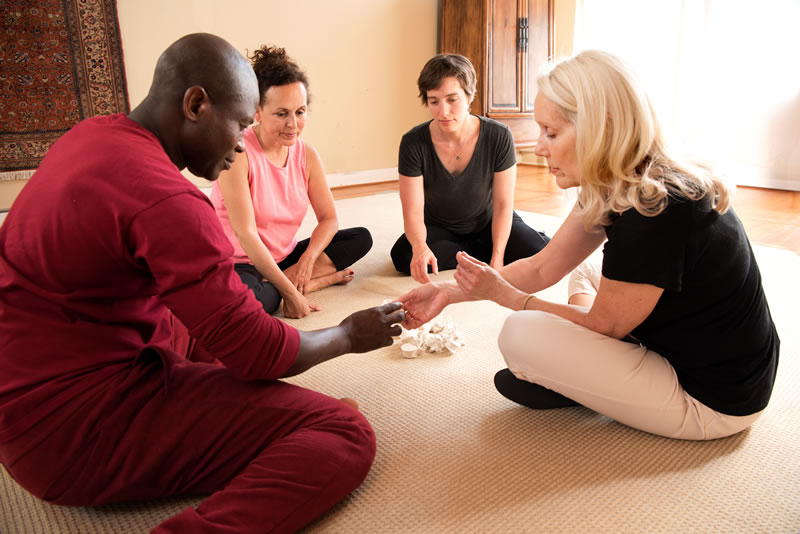
In addition to straining the places that are overworked, there isn’t feedback information being sent to your brain from the places that have “rusted shut.”
That’s why pain and stiffness can often creep up unnoticed, underneath your conscious radar. You don’t realize you are holding because you can’t feel you’re not moving and that becomes habit.
Pain and stiffness interfere with the things you love:
Long walks in the park, mountain hikes, laughter and good conversation with dear friends and family over a comforting meal, or your livelihood.
Life can become limited, your world shrinks, and the things you love fade.
THE MAGIC OF FELDENKRAIS®
Again, Even the tiniest movement of the eyes or head needs to involve the whole of you, everything making adjustments so you are always in balance.
The magic of Feldenkrais® happens when you are able to wake up the places that have “rusted shut”, distribute movement throughout the whole of you, relieving the strain on parts that move too much.
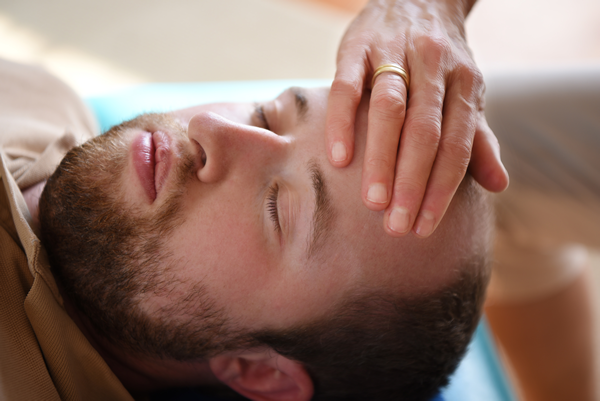
In Feldenkrais®, we work with the nervous system, the “boss” of your muscles,
Your nervous system is so incredibly intelligent and supremely sensitive that only a soft whisper, the gentlest of touch, is needed for the nervous system to listen, learn, and tell your muscles to let go, allowing you to once again move with smooth easy action. This allows your skeleton to be the supporting structure and your muscles to do just what is necessary.
Looking at not just the part that hurts but considering the whole person and how everything works together, Feldenkrais® offers gentle steps toward a return to the things you love, bringing a sense of calm and well being to the purpose and meaning in your life.
When you change the quality of how you move,
you change the trajectory of your life.
TWO WAYS TO EXPERIENCE FELDENKRAIS®
Feldenkrais® is experienced in two ways:
1. one-to one lessons with a practitioner: Functional Integration lesson (FI)
2. classes: Awareness Through Movement lessons (ATM).
FI lessons are an engaged and personalized partnership between the practitioner and client, bringing awareness to particular places that have stopped moving. The lessons are a way of gently waking those “frozen” or “rusted shut” areas, easing the parts that are straining, making movement smoother and lighter.
ATM classes are a personal and non-competitive environment. Often lying on the floor with your eyes closed, you are given verbal direction for movement. Frequently starting with very small movements and gradually adding complexity.
“Making the Impossible Possible, the possible easy, and the easy elegant”
Moshe Feldenkrais

